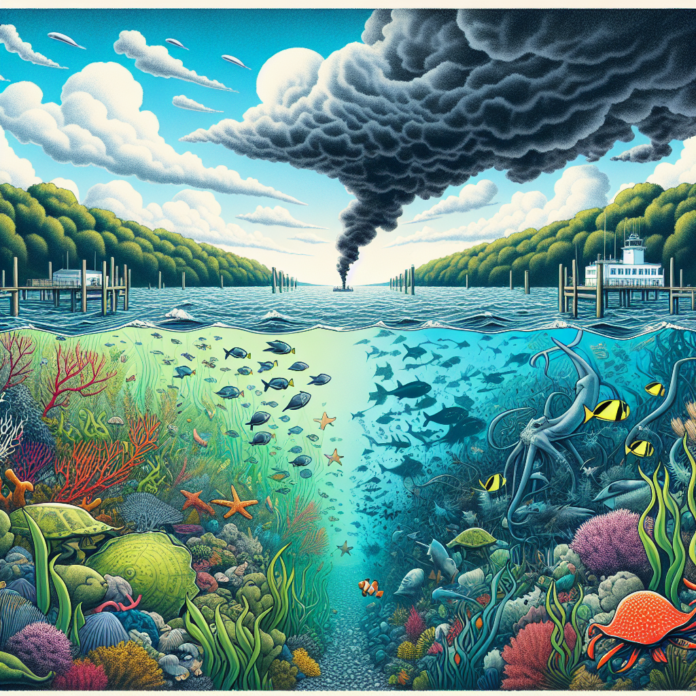Maryland Aquaculture Industry Faces Challenges from Federal Cuts
Maryland Aquaculture Industry Faces Challenges Amid Anticipated Federal Budget Cuts
The aquaculture sector in Maryland is currently experiencing significant turmoil due to anticipated federal budget reductions. These cuts are expected to severely impact the resources allocated for environmental cleanup efforts, which are crucial for maintaining the health of the state’s waterways and supporting local aquaculture operations.
Impact of Federal Cuts on Aquaculture
Aquaculture, the cultivation of aquatic organisms such as fish, shellfish, and aquatic plants, plays a vital role in Maryland’s economy and food supply. The industry not only provides jobs but also contributes to sustainable seafood production and environmental conservation. However, the looming federal budget cuts could hinder ongoing cleanup initiatives aimed at restoring and maintaining water quality in the Chesapeake Bay and other local water bodies.
With diminished federal funding, many aquaculture businesses may struggle to comply with environmental regulations and best practices, which could lead to a decline in fish populations and water quality. This situation poses a risk not only to the aquaculture industry but also to the broader ecosystem and local communities dependent on these resources.
The Importance of Environmental Cleanup
Environmental cleanup is essential for ensuring the health of aquatic ecosystems. Activities such as removing pollutants, restoring habitats, and implementing sustainable farming practices are crucial for the longevity of both wild and cultivated species. In Maryland, the Chesapeake Bay is particularly vulnerable, and efforts to restore its health have been a collaborative effort involving federal, state, and local agencies, as well as private stakeholders.
The potential reduction in federal support could lead to a slowdown in these vital cleanup projects, which may exacerbate existing environmental challenges, such as nutrient pollution and habitat degradation. In turn, this could affect the growth and sustainability of the aquaculture industry, making it more difficult for local farmers to thrive.
Future Prospects and Industry Adaptation
Despite these challenges, the Maryland aquaculture industry is exploring various strategies to adapt to the changing landscape. This includes seeking alternative funding sources, such as state grants and private investments, to support cleanup efforts and sustainable practices. Additionally, industry stakeholders are advocating for policies that prioritize aquaculture and environmental protection.
Collaboration among farmers, researchers, and policymakers will be essential to navigate the impending challenges. By working together, the aquaculture community can develop innovative solutions that not only ensure the industry’s survival but also contribute to the overall health of Maryland’s waterways.
As the situation unfolds, the Maryland aquaculture industry remains hopeful that it can overcome these obstacles through resilience, innovation, and a commitment to sustainability, ensuring a prosperous future for both the industry and the environment.


